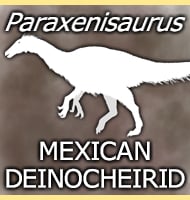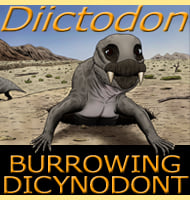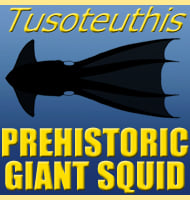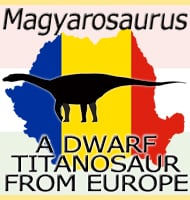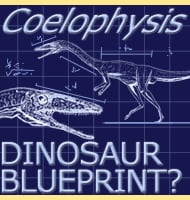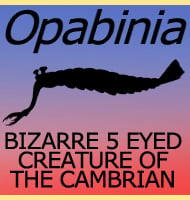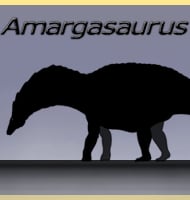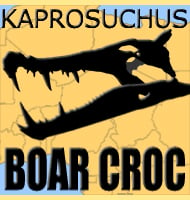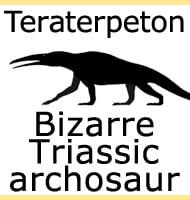In Depth
Maiabalaena is a genus of whale that lived in waters around North America during the Oligocene period. Maiabalaena is noted for having neither teeth nor baleen, with the genus describers postulating that whales may have lost teeth before developing baleen. Maiabalaena is thought to have been a suction feeder, opening its mouth wide and fast so that the vacuum created sucks in any nearby fish or other aquatic organisms into the mouth.
Further Reading
- Tooth loss precedes the origin of baleen in whales. Current Biology 28:1-9. - C. M. Peredo, N. D. Pyenson, C. D. Marshall & M. D. Uhen - 2018.

